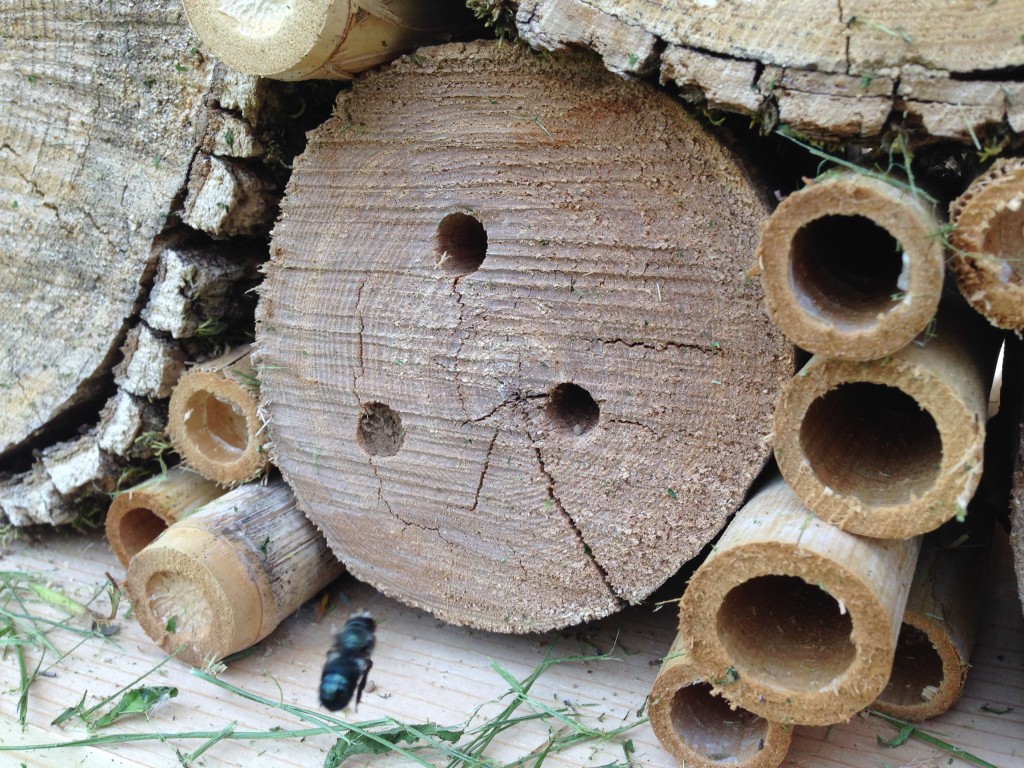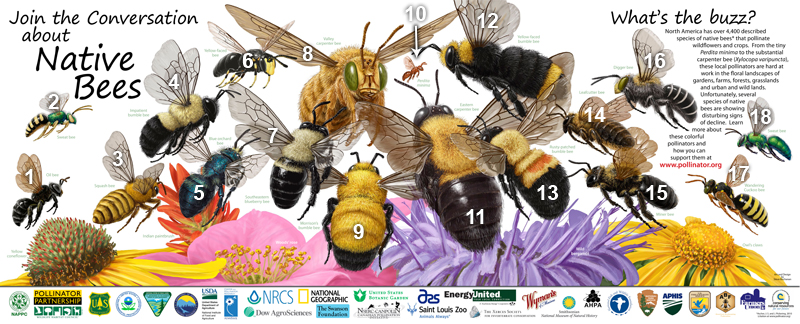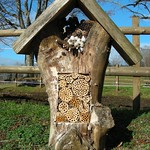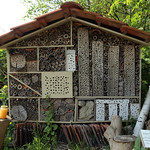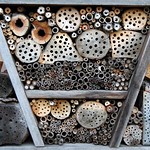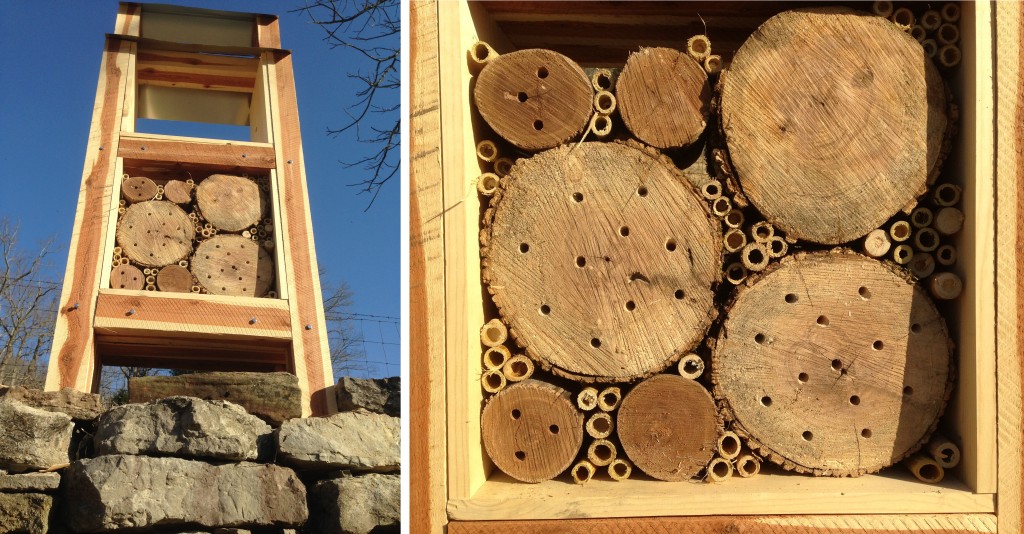
Vince and I set up our first chemical free habitat for #Tennessee native solitary #bees between our blueberries and apple trees. This is part of our ongoing Bee Sanctuary Project at Half Hill Farm.
This first structure is 6 feet tall (8 feet counting the stone base) and is made from 8 inch sections of old downed trees on the farm, bamboo from a friend and neighbor and locally milled pine and cedar.
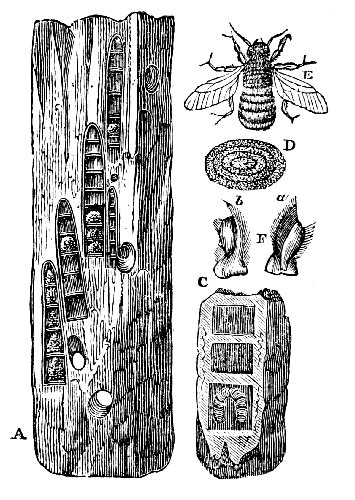 As we were filling the bottom section, a solitary leafcutter bee kept inspecting the whole thing, and it was such a joy to witness. Last year, we noticed our top pollinators weren’t honey bees. They were native solitary orchard masons and leafcutters. Honey bees didn’t show up until very late in the season and frantically scavenged the last of the organic Genovese Basil flowers.
As we were filling the bottom section, a solitary leafcutter bee kept inspecting the whole thing, and it was such a joy to witness. Last year, we noticed our top pollinators weren’t honey bees. They were native solitary orchard masons and leafcutters. Honey bees didn’t show up until very late in the season and frantically scavenged the last of the organic Genovese Basil flowers.
One of the many ways we can help solve the problems we’ve created within honey bee colonies is to rely more on our native diversity of bees and other pollinators. The way we have treated honey bees within massive monocultures in conventional farming is an ongoing lesson in the mismanagement of our natural resources. Be a part of the solution and start a Bee Sanctuary of your own!
Resources to get you started:
- What to plant in your Bee Sanctuary (The Honeybee Conservancy)
- Solitary bee condo design inspiration (Google image search)
- Excellent Solitary Bee condo instructions with illustrations (Randy Person)
- Poster identifying common native solitary bees (NAPPC)
UPDATE 4-22-14: Here’s one of a few solitary orchard mason bees taking up residence in our native bee condo this Spring. They’ve been working some of the apple blossoms that made it through the recent Dogwood Winter frost.
